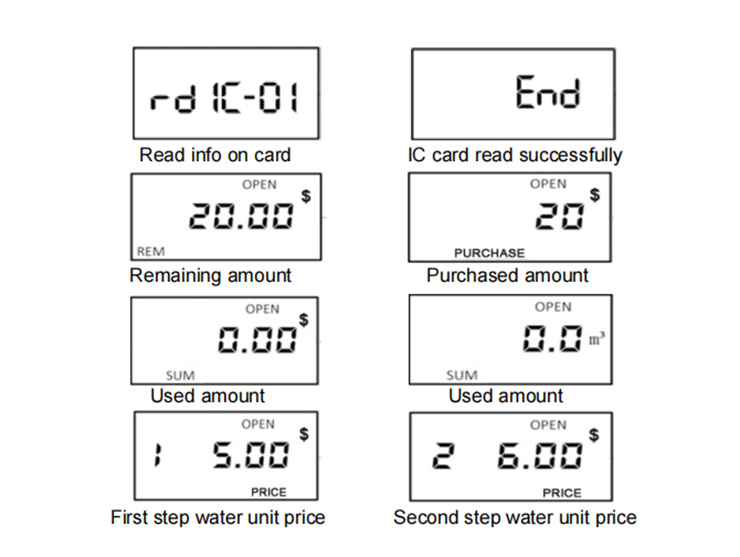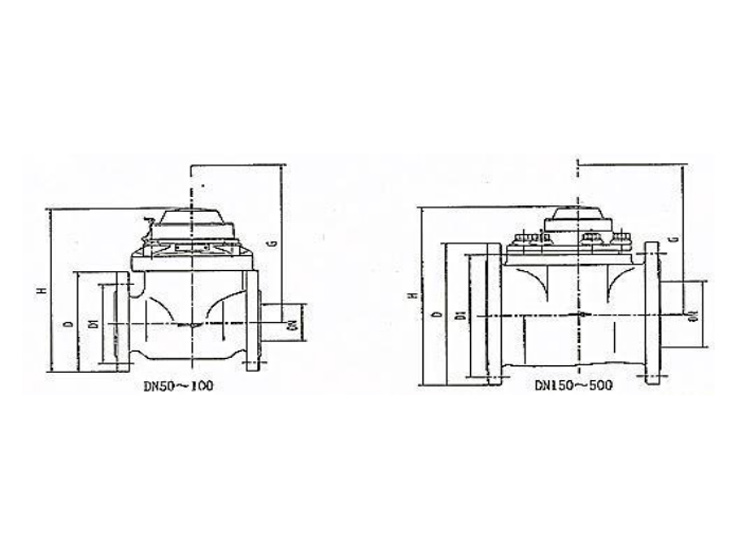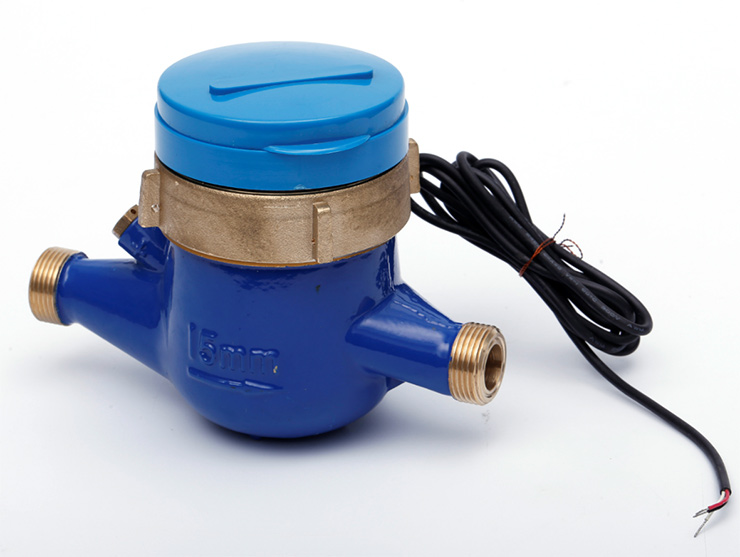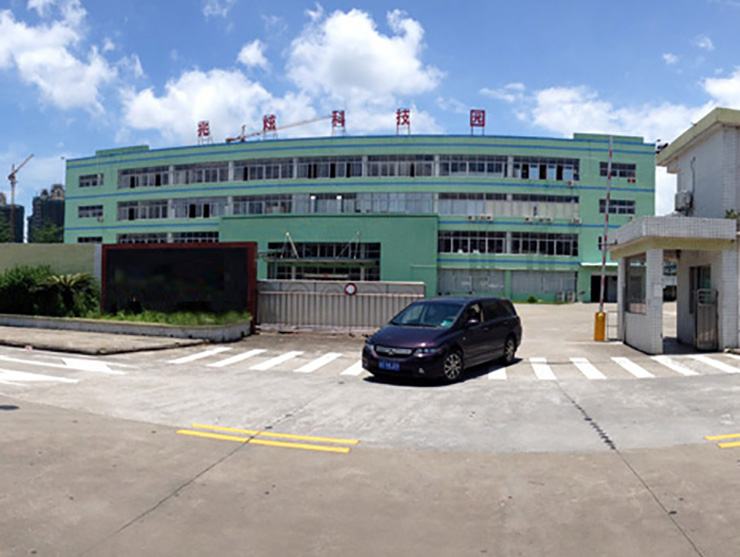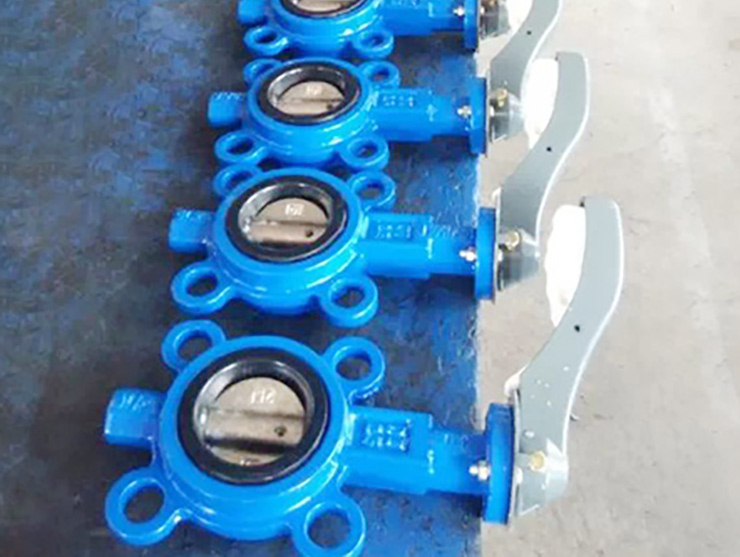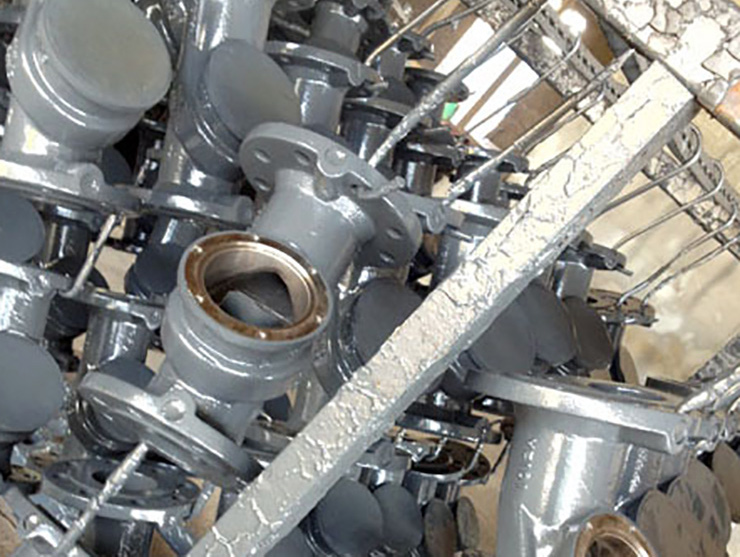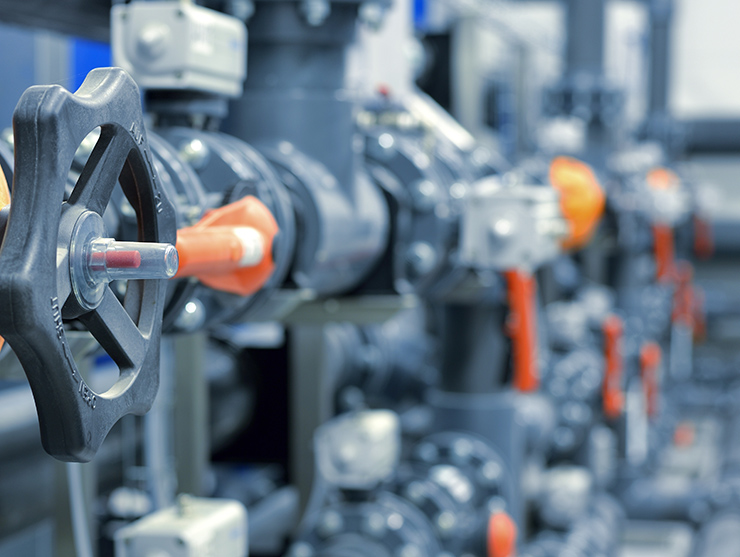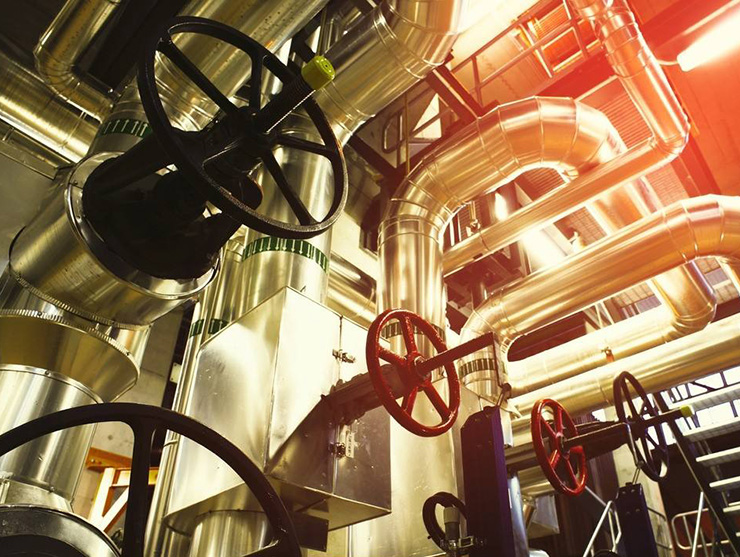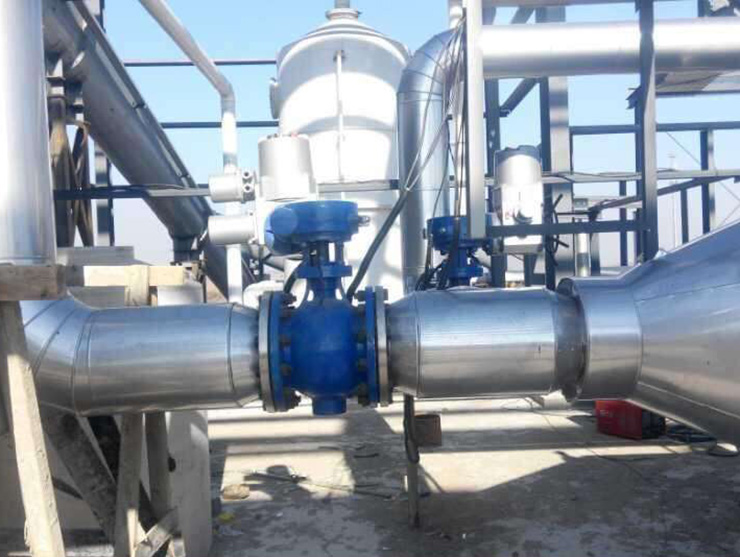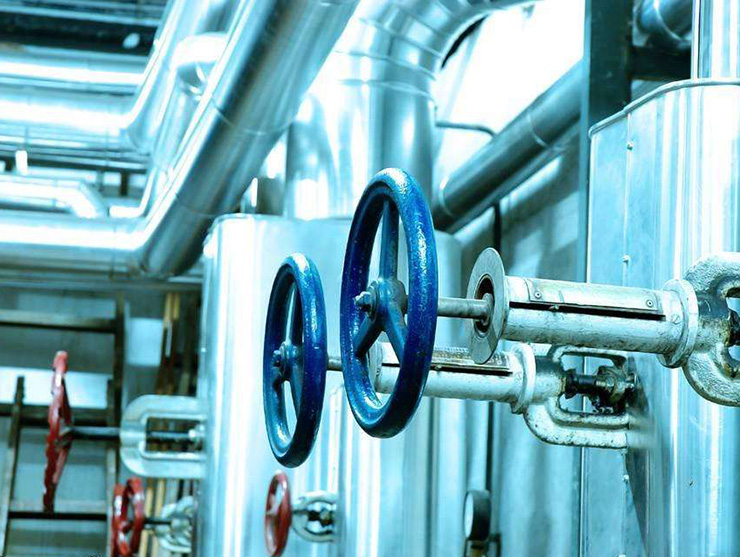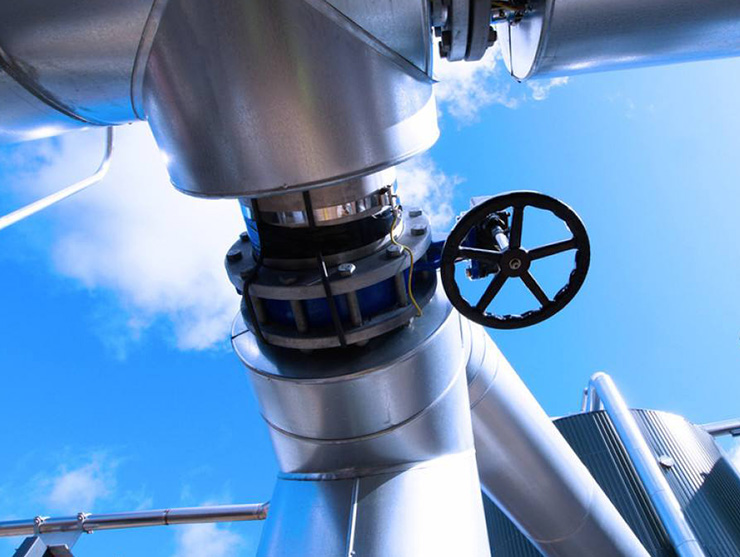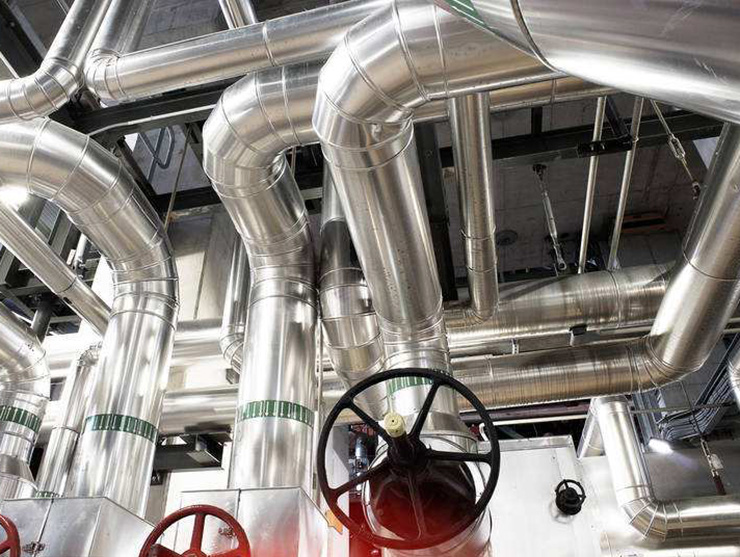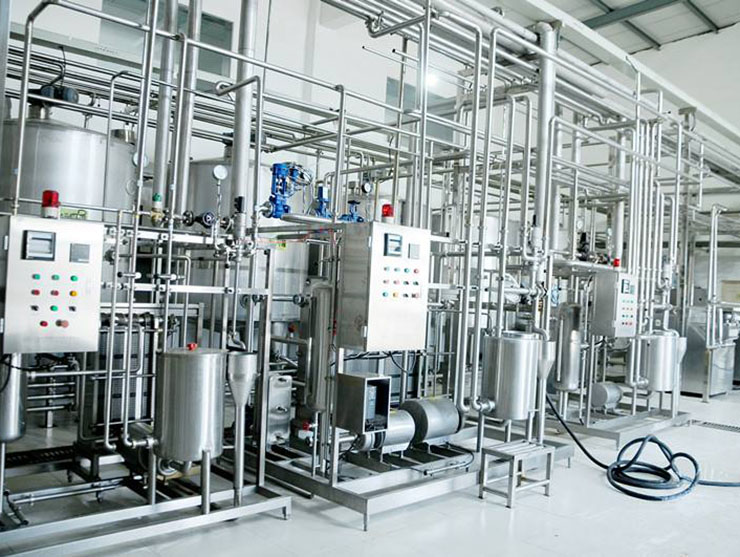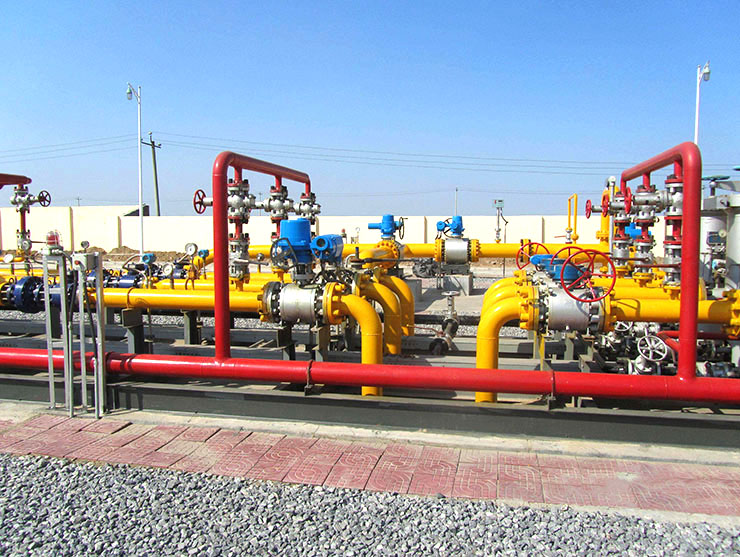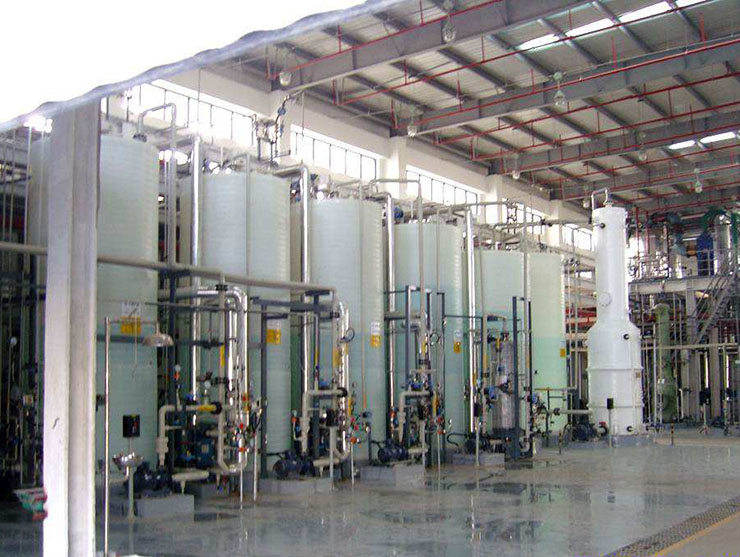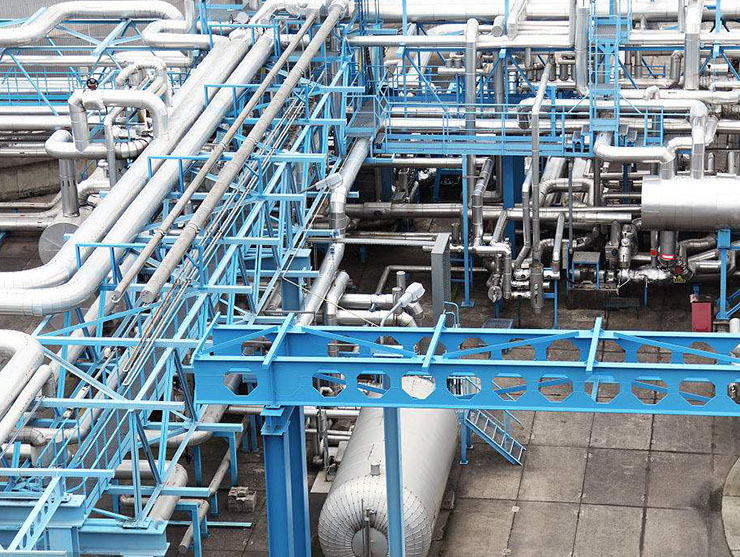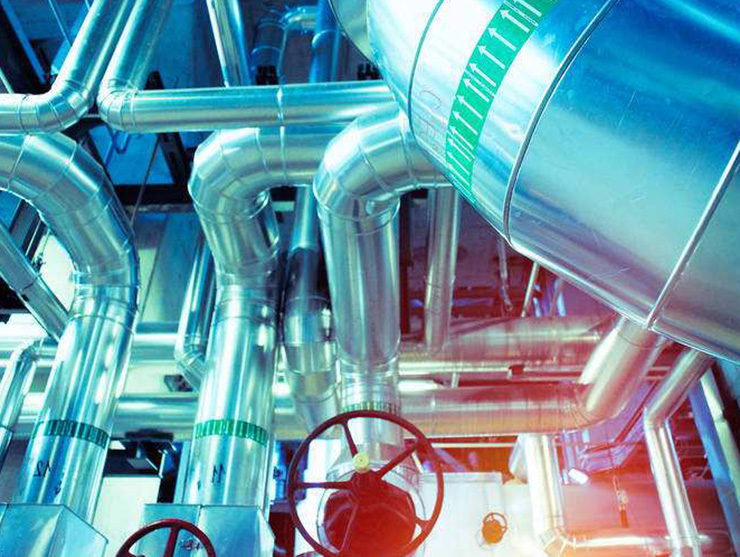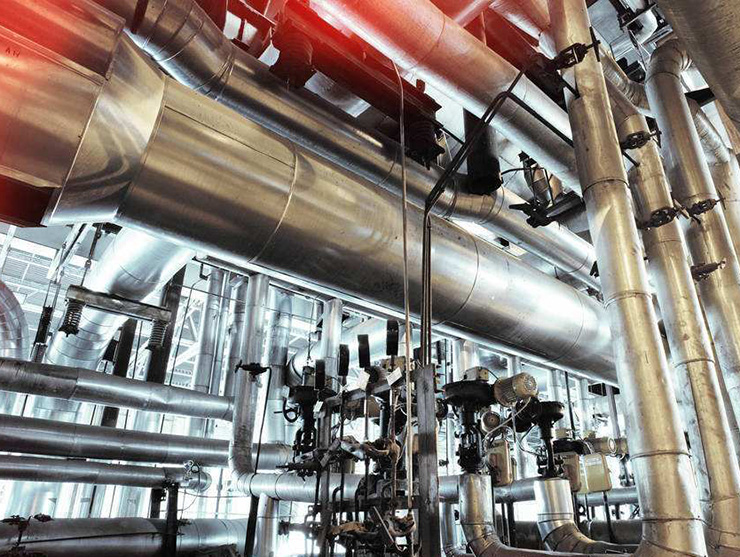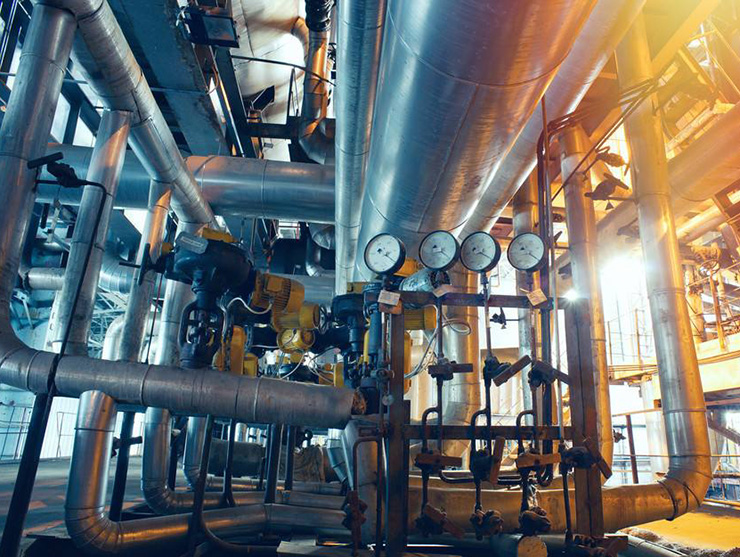News
Basic knowledge of valves
The valve is the control device for the fluid line. Its basic function is to open or close the circulation of the pipeline medium, change the circulation, pressure and the flow direction of the medium, and protect the normal operation of the equipment and pipeline. The large-scale application of industrial valves is after Watt invented the steam engine. In the past two or three decades, due to the demand for petroleum, chemical, power station, metallurgy, shipbuilding, nuclear power, aerospace, etc., Higher requirements have been placed on valves. People are prompted to learn and produce high-parameter valves, operating temperatures from ultra-low temperatures. -269 ° C to high temperature 1200 ° C, even up to 3430 ° C. Working pressure from ultra-vacuum 1.33x10-8Mpa (1x10-1 mm Hg) to ultra-high pressure. Valve’s diameter from 1mm to 600mm, even up to 9750mm, valve material developed from cast iron and carbon steel to titanium and titanium alloys, high strength corrosion resistant steels, etc. The driving method of the valve was only manual at beginning, and now develop to electric, pneumatic, hydraulic, program control, numerical control, remote control and so on. With the continuous development of modern industry, the demand for valves is increasing. A modern petrochemical plant requires a large number of valves. Frequently open and close, manufacturing, wrong selection, improper maintenance, operation, operation, dripping, leakage, leads to flames, explosions, poisoning, burn accidents, or poor product quality, energy consumption, equipment corrosion, increased material consumption, environmental pollution, and even production stoppages. Therefore, people want to obtain high quality valves. At this point, there start to have some people to work as valve operators, maintenance personnel and engineers. In addition to careful design, careful selection, and proper operation of the valve, it is necessary to maintain and repair the valve in time to minimize various accidents of the valve.


